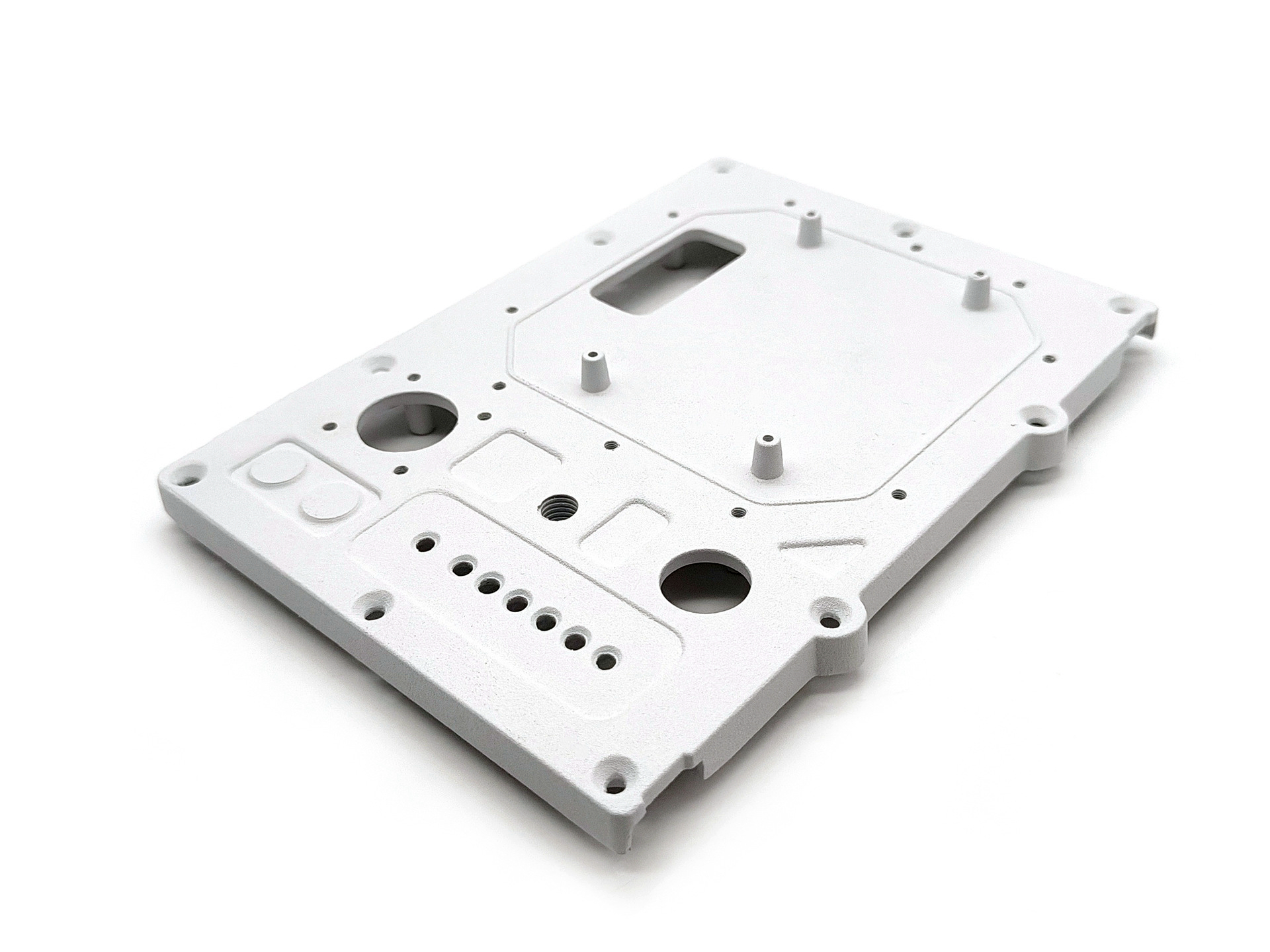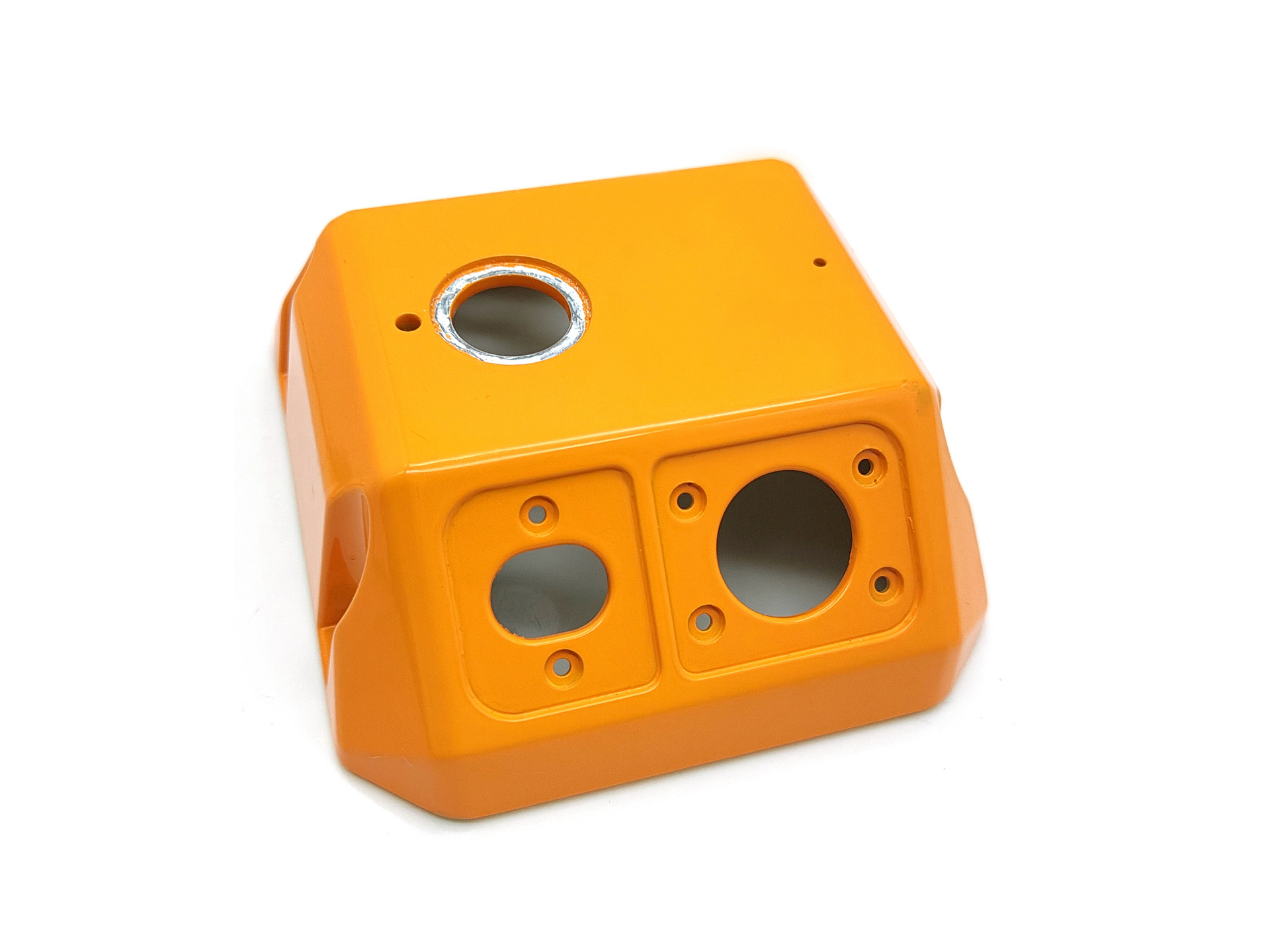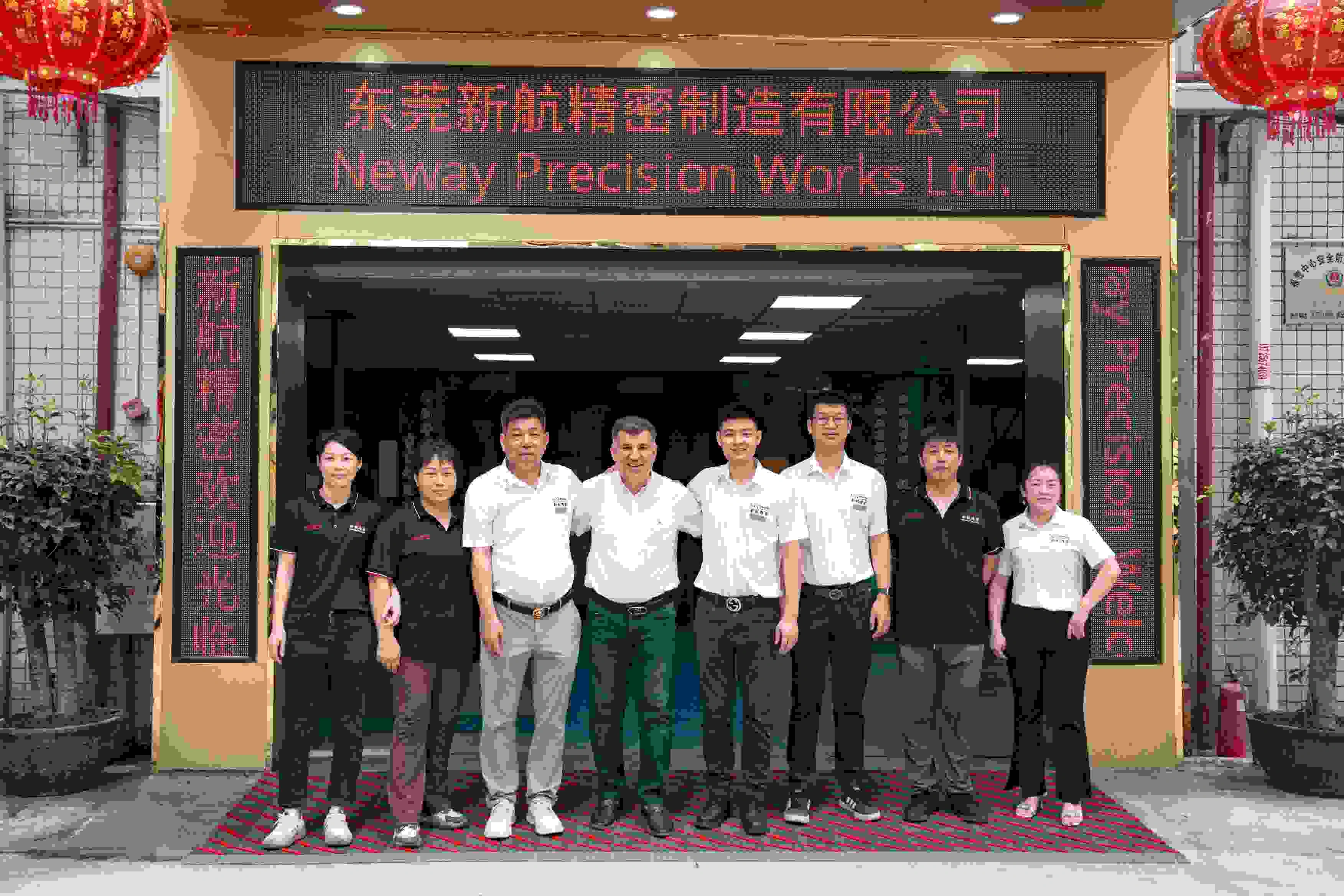What is Low-Pressure Die Casting?
Introduction to Low-Pressure Die Casting
Low-pressure die casting (LPDC) is an advanced metal casting process that utilizes controlled low-pressure gas (typically 0.3–1.5 bar) to push molten metal into a mold cavity. Unlike gravity die casting or high-pressure die casting, LPDC offers superior control over mold filling, resulting in improved material properties, dimensional accuracy, and reduced porosity.
This method is widely used in the automotive, aerospace, and industrial sectors for manufacturing complex aluminum and magnesium alloy components with high structural integrity.
How Does Low-Pressure Die Casting Work?
Process Overview
The LPDC process consists of the following main stages:
Preparation: The die is preheated to the desired temperature (usually 200–400°C) to ensure consistent thermal conditions.
Filling: A sealed crucible containing molten metal is placed below the die. Gas pressure is applied, driving the metal upward through a riser tube into the mold cavity.
Solidification: The metal solidifies under controlled pressure, enhancing metallurgical structure.
Demolding: Once solidified, the casting is removed, and the cycle repeats.
Process Parameters
Parameter | Typical Range |
|---|---|
Pressure | 0.3–1.5 bar |
Mold temperature | 200–400°C |
Metal temperature | 680–740°C (Aluminum alloys) |
Filling time | 10–50 seconds |
Solidification time | 30–120 seconds |
Advantages of Low-Pressure Die Casting
Superior Material Properties
LPDC components exhibit excellent mechanical strength, reduced porosity, and fine-grained microstructure due to controlled filling and solidification. This is critical for load-bearing parts in automotive lightweighting and aerospace components.
Enhanced Dimensional Accuracy
Tight dimensional tolerances (±0.2 mm) and consistent surface finish (Ra 1.6–3.2 µm) make LPDC suitable for manufacturing precision components such as automotive wheels and structural housings.
Design Flexibility
LPDC supports the production of large, thin-walled, and complex shapes that are challenging for high-pressure die casting or sand casting. Integrated ribs, bosses, and channels can be easily incorporated.
Process Efficiency
The closed system reduces metal oxidation, improves yield (up to 95%), and minimizes scrap rates. The automated cycle enables high repeatability and stable production for medium-to-high volumes.
Typical Applications of Low-Pressure Die Casting
Automotive Industry
Aluminum alloy wheels
Suspension components
Engine housings
Transmission cases
Aerospace Industry
Structural airframe parts
Seat frames
Gearbox housings
Industrial Equipment
Pump housings
Robotics components
Electrical enclosures
For automotive lightweight parts, LPDC offers a balance between mechanical performance and production cost, supporting the industry's shift toward energy efficiency and emissions reduction.
Comparison with Other Casting Methods
Feature | Low-Pressure Die Casting | High-Pressure Die Casting | Gravity Die Casting |
|---|---|---|---|
Pressure | 0.3–1.5 bar | 1000–1200 bar | Atmospheric |
Porosity | Low | Moderate to high | Low to moderate |
Mechanical properties | High | Moderate | High |
Suitable alloys | Aluminum, Magnesium | Aluminum, Zinc | Aluminum, Magnesium |
Application complexity | High | Medium to high | Medium |
Typical production volume | Medium to high | High | Low to medium |
Challenges in Low-Pressure Die Casting
Tooling Cost
Initial tooling investment is relatively high, although it becomes economical for medium-to-high production volumes due to excellent repeatability.
Process Control
Maintaining precise control of filling pressure, mold temperature, and solidification rate is critical to avoid casting defects such as shrinkage porosity or incomplete filling.
Alloy Limitations
While LPDC excels with aluminum and magnesium alloys, it is less suitable for ferrous materials due to higher melting temperatures and material compatibility issues with ceramic riser tubes.
Future Trends in Low-Pressure Die Casting
Automation and Digitalization
Integration of Industry 4.0 technologies, such as real-time process monitoring, closed-loop control systems, and digital twin modeling, is enhancing process consistency and reducing downtime.
Alloy Development
Research into high-performance aluminum alloys (e.g., Al-Si-Cu-Mg) and lightweight magnesium alloys is expanding LPDC’s application range in next-generation automotive and aerospace platforms.
Sustainability
Energy-efficient LPDC furnaces and recyclable alloy usage support the industry's drive toward sustainable manufacturing practices.
Conclusion
Low-pressure die casting is a versatile, precision-driven process for producing high-integrity aluminum and magnesium alloy components. Its ability to deliver superior material properties and dimensional accuracy makes it indispensable in demanding industries such as automotive and aerospace.
By leveraging advances in automation, material science, and digital process control, LPDC continues to evolve, meeting the rising demand for lightweight, high-performance metal components in modern manufacturing.



